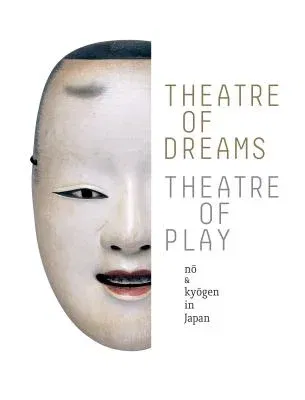Theatre of Dreams, Theatre of Play: Nao and Kyaogen in JapanPaperback, 3 August 2015

Qty
1
Turbo
Ships in 2 - 3 days
In Stock
Free Delivery
Cash on Delivery
15 Days
Free Returns
Secure Checkout

Print Length
236 pages
Language
English
Publisher
Art Gallery of New South Wales
Date Published
3 Aug 2015
ISBN-10
1741741068
ISBN-13
9781741741063
Description
Product Details
Book Format:
Paperback
Country of Origin:
US
Date Published:
3 August 2015
Dimensions:
27.69 x
21.08 x
2.03 cm
ISBN-10:
1741741068
ISBN-13:
9781741741063
Language:
English
Location:
Seattle
Pages:
236
Publisher:
Weight:
1043.26 gm